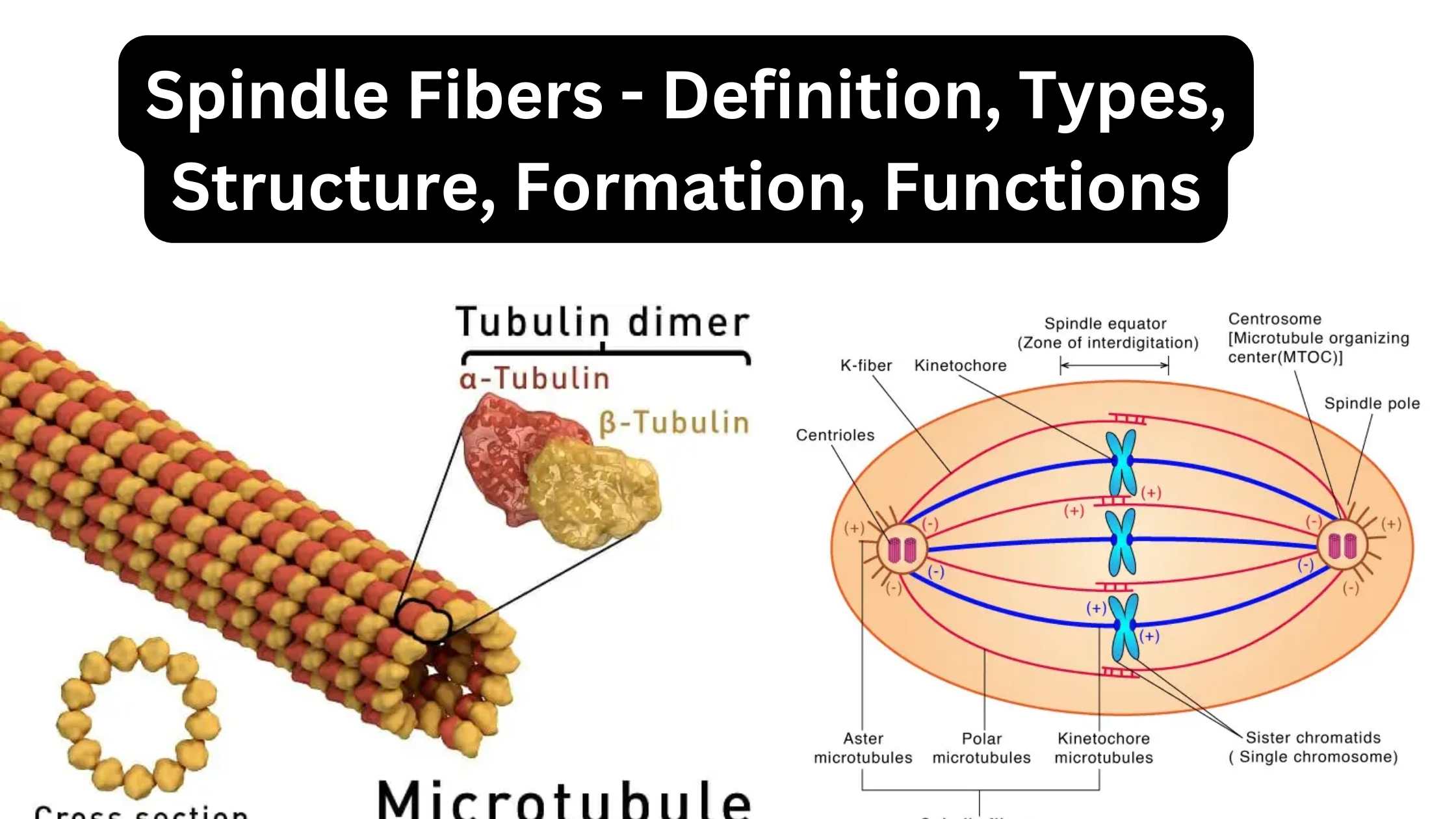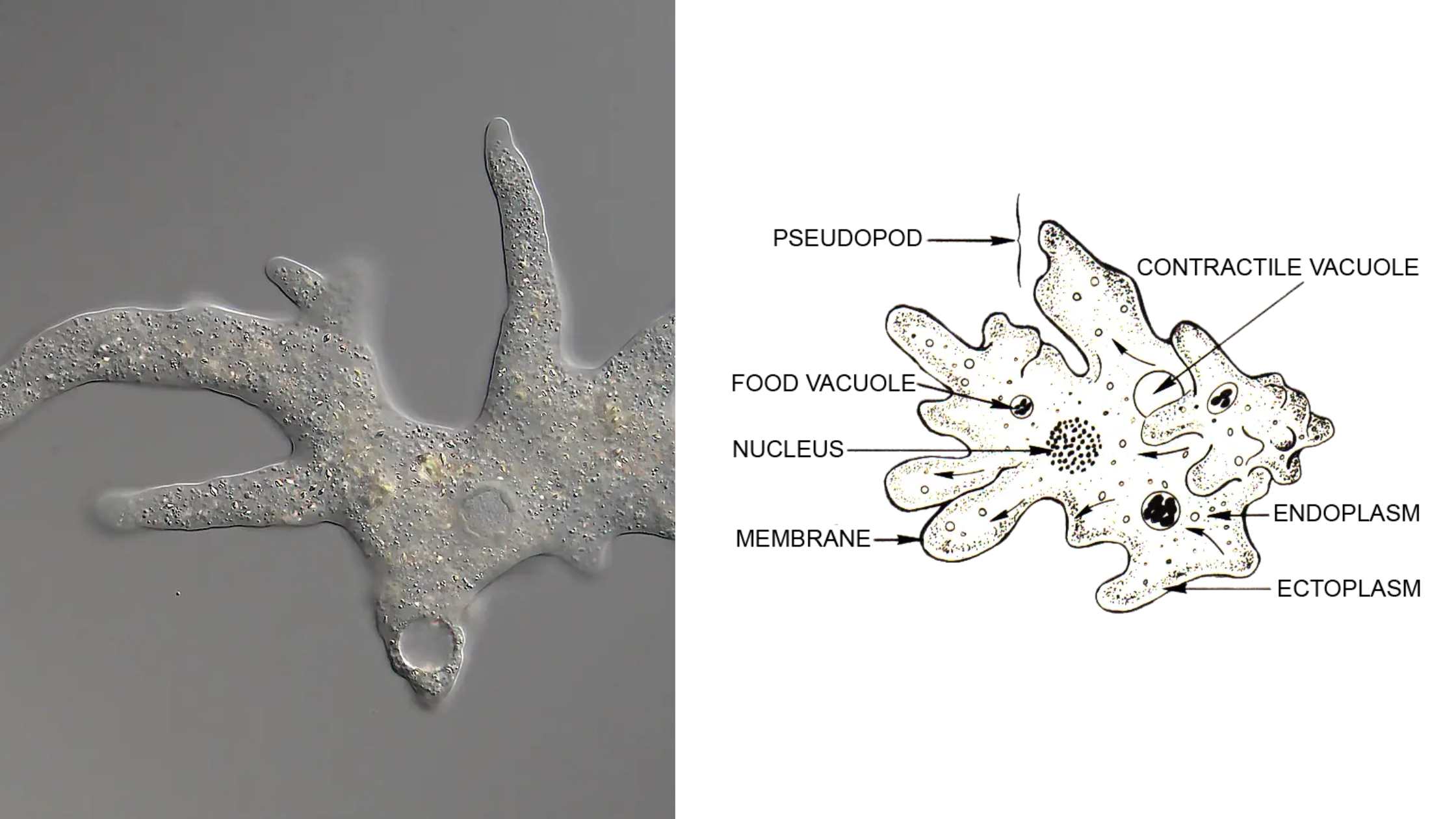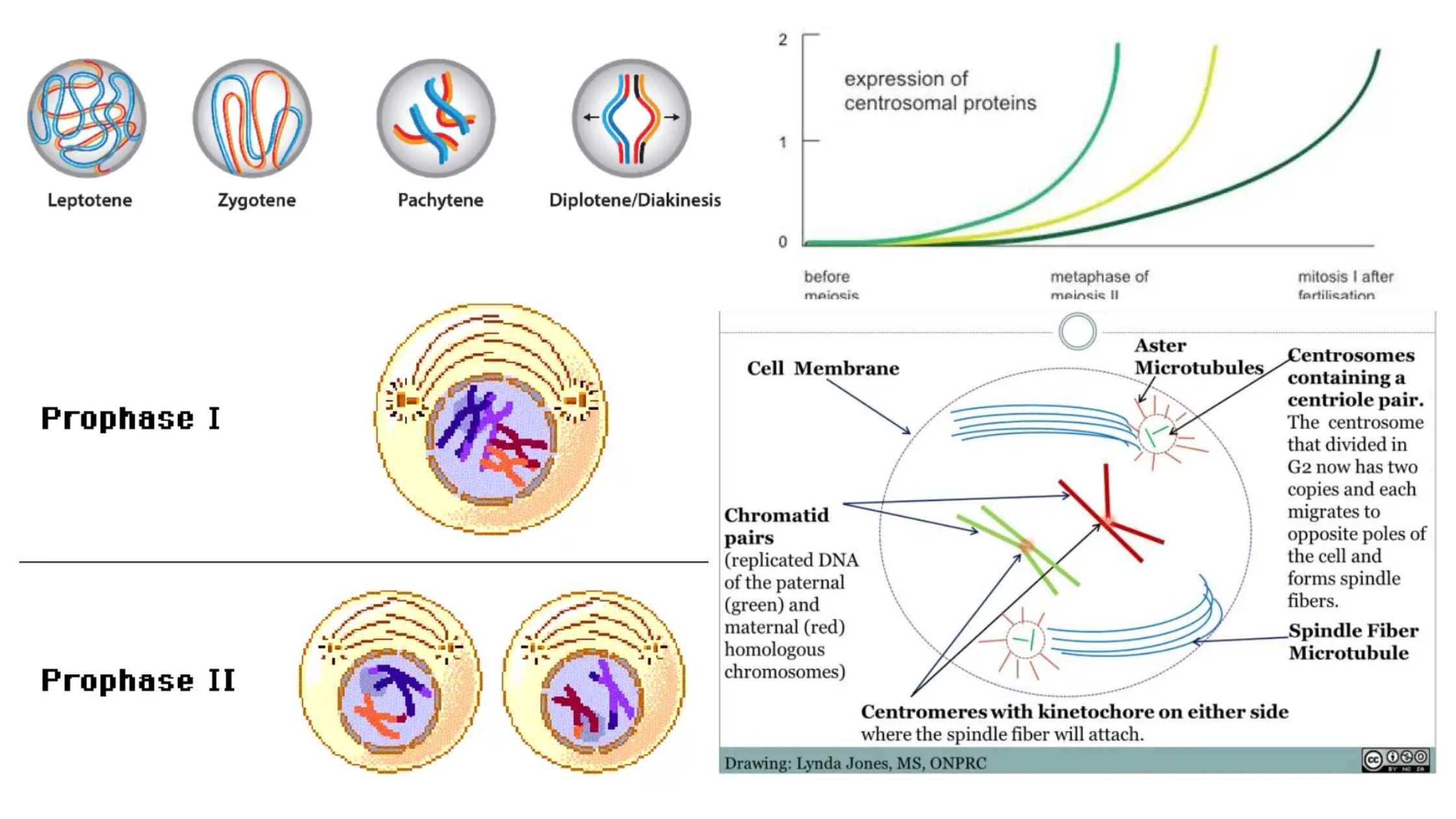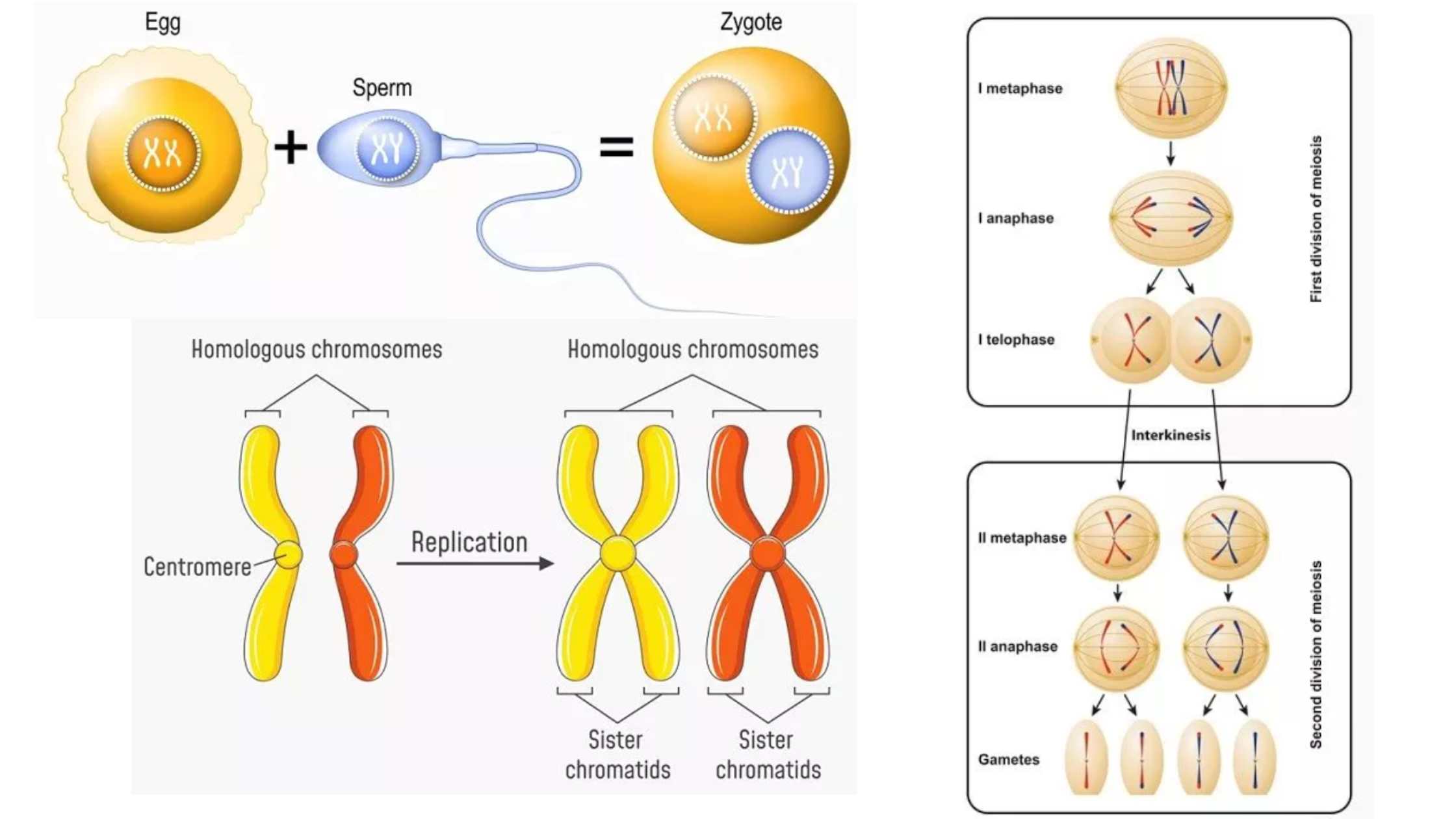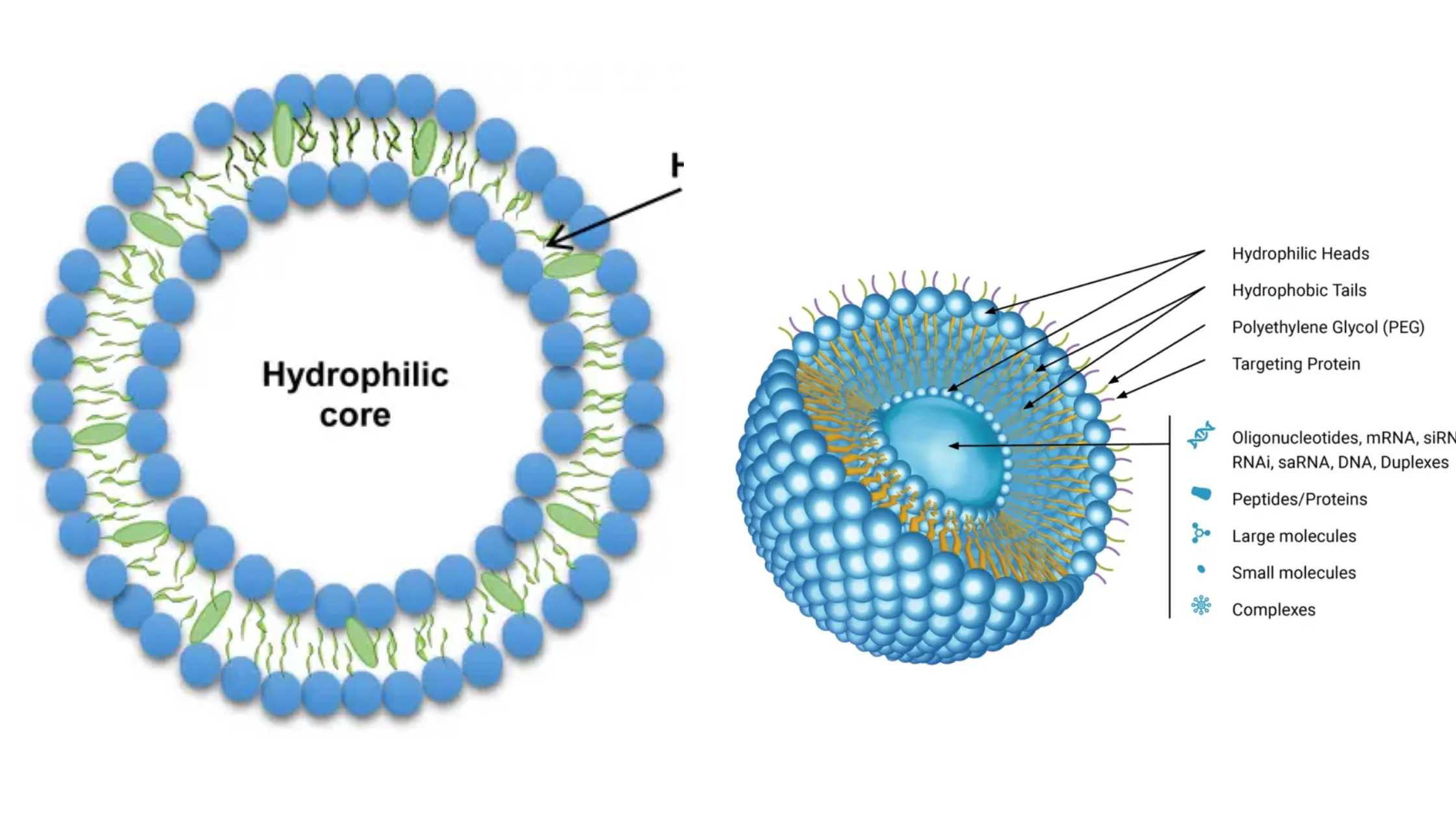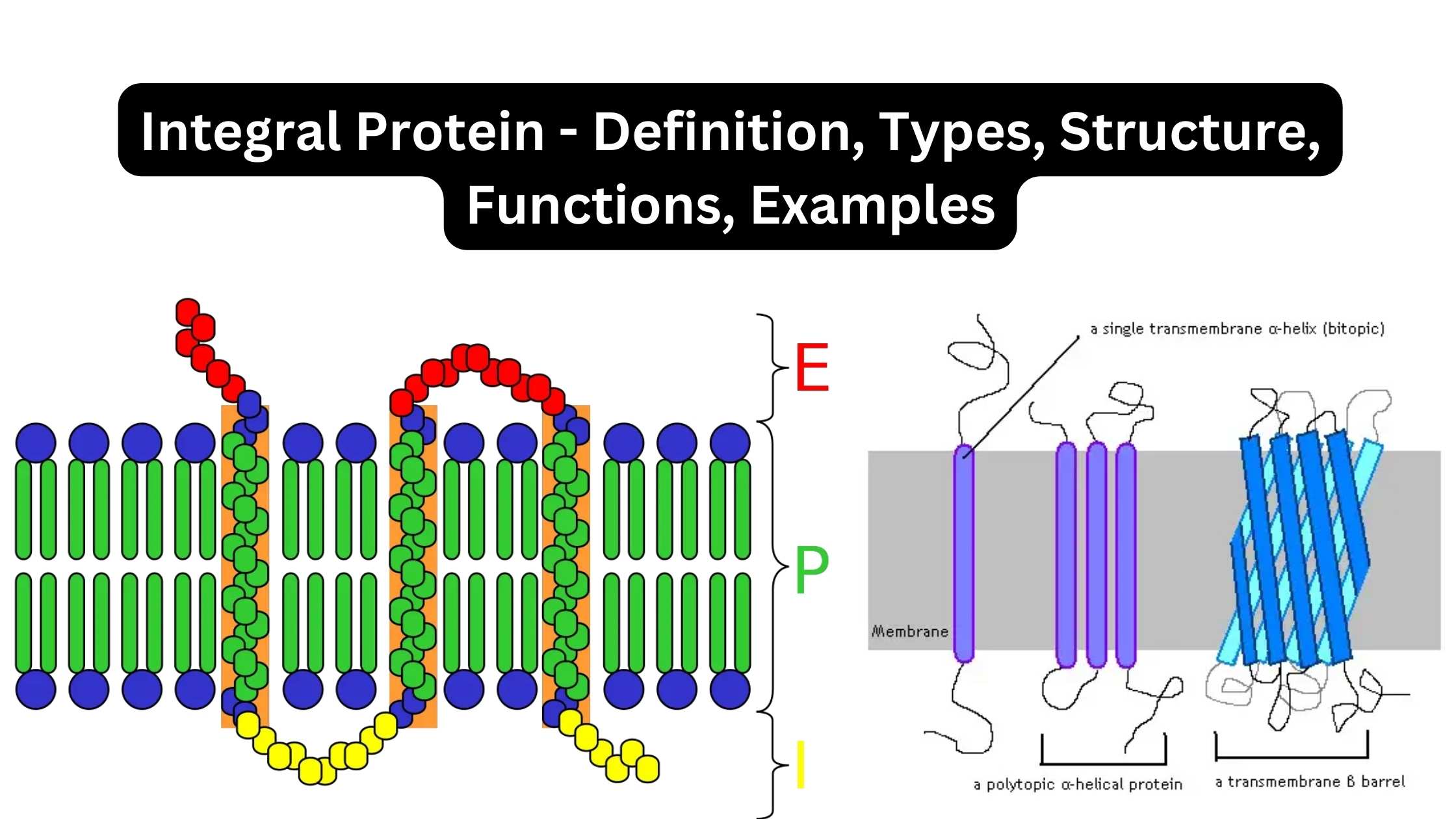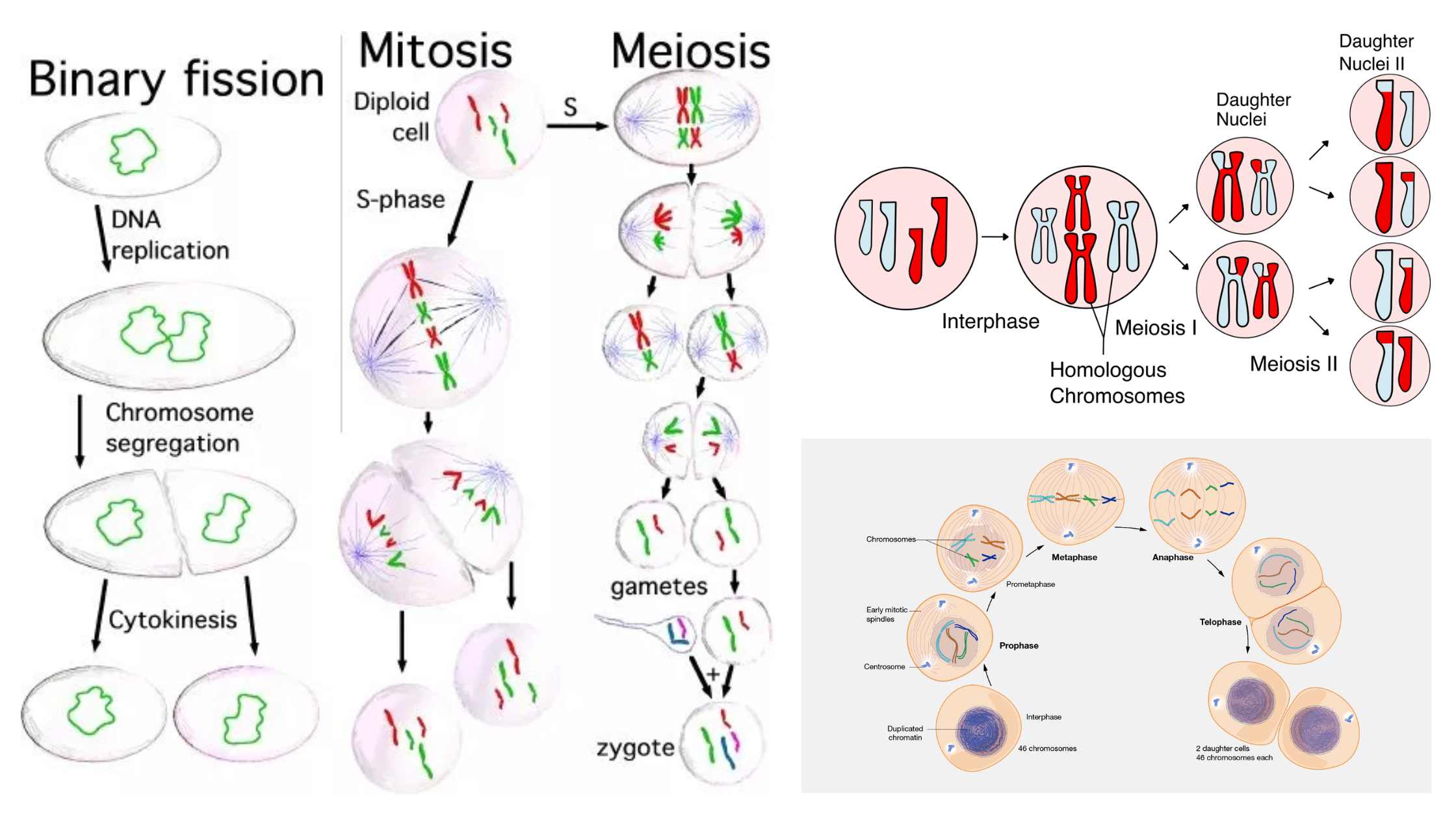Spindle Fibers – Definition, Types, Structure, Formation, Functions
What are Spindle Fibres? Definition of Spindle Fibres Spindle fibres are microtubule structures that facilitate the separation and movement of chromosomes during eukaryotic cell division. Importance of Spindle Fiber Spindle Fibers are essential structures in the process of cell division, ensuring the accurate and proper segregation of chromosomes. Their significance can be highlighted through the … Read more
